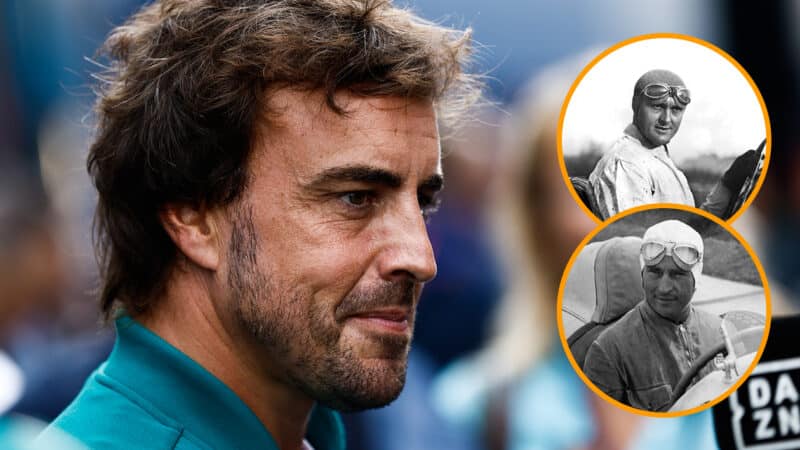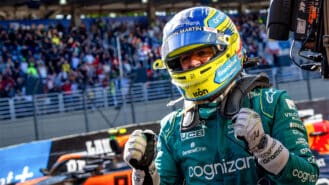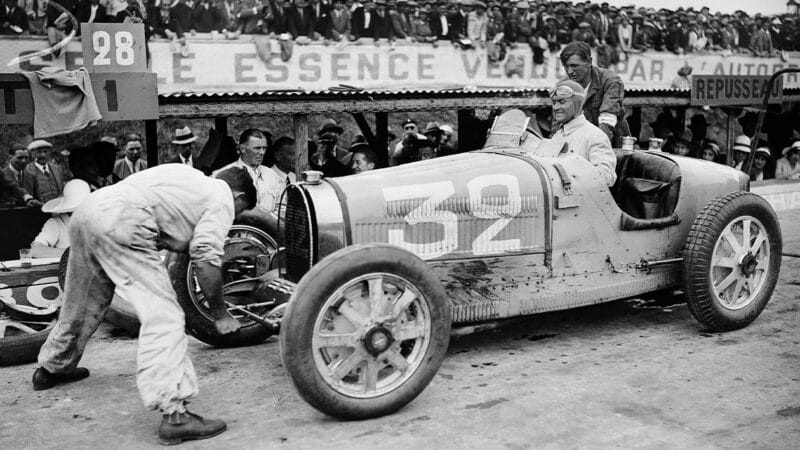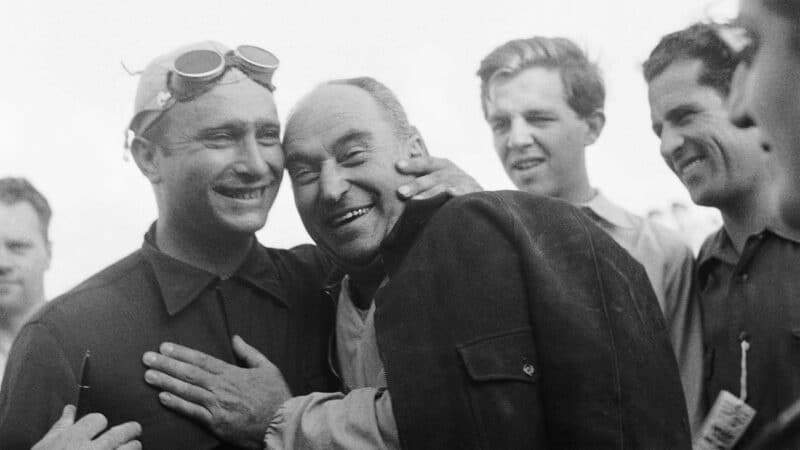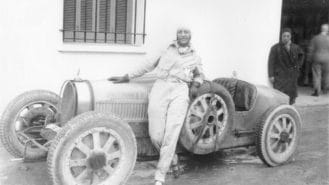Might Alonso have struggled to trounce so comprehensively a more capable young team-mate such as Verstappen, Leclerc, Russell or Norris? Perhaps. Probably, in fact. But we will never know. What we do know, and can say without fear of contradiction, is that, despite his increasing age, Alonso remains an absolutely top-drawer F1 driver. Personally, I would love to see him win a grand prix next year, preferably in Barcelona, where the grandstands will be filled with people who adore him. Equally, having worked with Stroll at Aston Martin in 2021 and 2022 —sometimes feeling a bit sad about his apparent disinclination to enjoy what every other driver I have ever worked with has always looked upon as the best job in the world — I would be delighted if he could relocate his mojo, ideally by winning his home grand prix in Montreal.
Anyway, Alonso will turn 43 next year. That is pretty old for a modern-day F1 driver but, when the F1 world championship was inaugurated in 1950, 43 was pretty much par for the course, and quite a few drivers were older than that. Indeed, Giuseppe Farina was 43 when, on a warm and sunny day in early September of that year, at Monza, he raced his Alfa to a win that would earn him points enough to become the very first F1 world champion. As I say, Farina was far from the oldest kid on the 1950 F1 block. The reason for that was twofold: (1) F1 drivers did not need to be anything like as physically fit as they must be today and (2) their grand prix careers had been on hold since the outbreak of World War Two in 1939 and had not resumed until well after the cessation of hostilities in 1945, imposing an almost decade-long interregnum during which they did not race but merely grew older. Farina, for example, had raced well in important international races in the 1930s. So had other early-1950s F1 stars who were no longer in their first flush of youth. Two obvious examples were Luigi Fagioli (who turned 52 in 1950) and Louis Chiron (51 in 1950); and there were others, too.
